Applications Notes / Bulletins
Browse Single Freq Laser Technical Bulletins
Opto-Acoustic sensing systems use low-noise single-frequency lasers to probe an optical fiber cable for changes in distance, strain/pressure and temperature. The fiber is then a distributed sensor that can be used to monitor high-value structures such as oil and gas pipelines or wells, bridges and dams, or provide in-ground perimeter security at borders and industrial and military facilities. Arrays of these cables can be used as sonar detection systems, and are currently being developed for naval surveillance measures (towed array sonar) and oil and gas reservoir monitoring.
Please follow below link to read more on the Temperature & Strain measurment using Laser
Keywords :
- Acoutic Sensing.
- Optical Sensing.
- Oil Field Monitoring.
- Gas Line Monitoring.
- Gas Storage facility.
Opto-acoustic Sensing
Optical remote sensing is critically important in oil and gas industry where the measurement of temperature, and/or pressure is required for a broad range of applications. These applications include finding and monitoring of oil fields in order to increase their productivity, monitoring and securing pipelines from damages. Common to these applications is the need for high sensitivity and resolution, with real-time monitoring over long distances.
Oil & Gas Monitoring
Opto-Acoustic sensing systems can provides temperature measurements over the complete length of the wellbore and the highly detailed and accurate data can identify changes in well performance. A single permanent downhole cable enables temperature measurements through an optical fiber line providing visualization of different zones optimizing stimulation efficiency. On the hydraulic fracturing side, the companies has been doing a lot of injection flow profiling, using both Distributed Temperature Sensor (DTS) and Distributed Acoustic Sensor (DAS) to determine placement of the fluids in the wellbore. In heavy oil, when you have massive temperature fluctuations due to steam injection, DTS can provide valuable temperature information to monitor injection and production for life of Oil well.
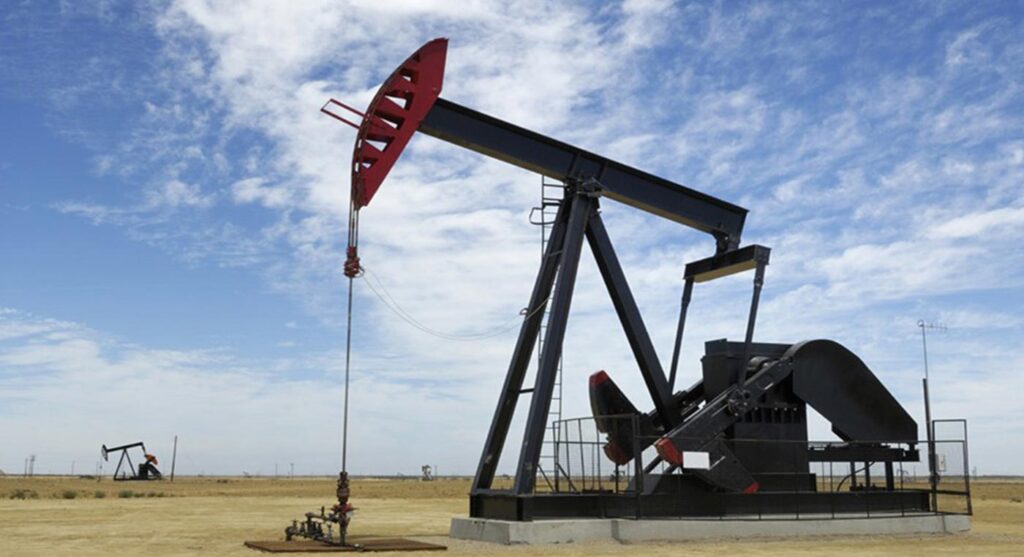
Oil Well / Field Monitoring
The pipeline has been the safest mode of transporting oil and gas that are been widely used and heavily demanded in today’s era. However, pipelines undoubtedly not only have to suffer from mudslides, landslides, or any other geological disasters but also have to go through mechanical construction. Fiber optics work as a passive sensor and plays a great role in sensing the data such as temperature, asset locations, and oil reserve levels can be monitored. In pipeline leak detection applications, Distributed Temperature Sensor (DTS) is used to detect and locate the localized temperature changes caused by a leak. Distributed Acoustic Sensor (DAS) can perform the same function, detecting initially a leak’s acoustic signal – especially with high-pressure gas leaks – and the changes in localized temperature.

Leakage Detetcion:
The use of natural gas is expected to increase significantly in the next decades prompting the need of additional transport infrastructure. The LNG itself is relatively harmless when contained within storage tanks, piping, and equipment designed for use at LNG cryogenic conditions. However, accidental release of LNG can have consequences for the LNG facility and surrounding communities and should therefore be avoided at any cost. Safety systems are used to mitigate the effect and hazard of an accidental release of LNG in case of a containment failure. DTS/DAS technology can continiously monitor the temperature over the entire length of the storage container and help to to detect and precisely locate any temperature anomalies caused by accidental release of LNG.

Structural Monitoring:
With increasing demand for electricity and new renewable energy resources, managing power networks becomes more complex, and operators are faced with higher demands for up-time and challenging grid load balancing. Today's power grids need to operate at the highest possible safe ampacity level. To protect valuable power cable infrastructure, high safety margins are often applied. These can limit the efficient use of your power cable infrastructure. DTS provides continuous monitoring of high-power cable temperatures, detecting hotspots, delivering operational status, condition assessment and power circuit rating data. DAS offers accurate cable fault detection and location as well as TPI (third-party interference) protection both on land (digging and drilling) and subsea (anchor drops and drags). This helps you optimize transmission and distribution networks, while reducing operational cost.
Underground power cable systems of key distribution feeders are submitted to high electrical, thermal, and mechanical stress. This stress can impact load transfer capacity, often limited by hot spots that can “damage” power cables, leading to reduced productivity, cable failure, and costly down-time. With continuous monitoring of power cable infrastructure, productivity is optimized and maintenance cost and down-time are reduced. Overhead transmission line temperature monitoring including conductor behavior and line current provides information about power transmission capability and reliability which can help to increase maximum capability and cost-effectiveness.
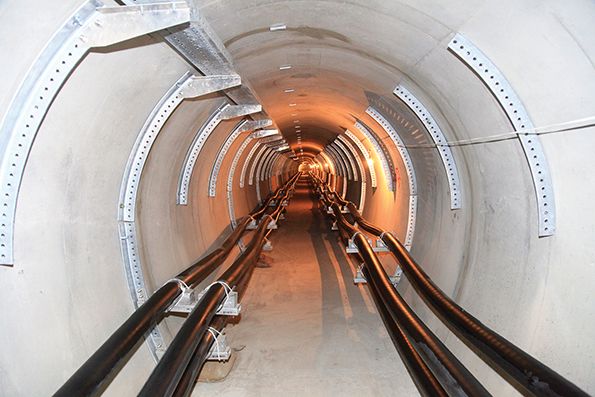
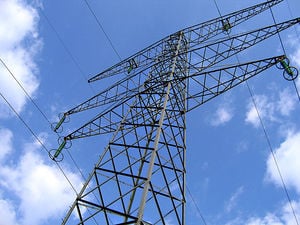
Electrical Transmission Cable Monitoring:
LiDAR (Light Detection and Ranging) is an optical technique, analogous to RADAR (Radio Detection and Ranging), that uses laser light to probe targets at a distance. Coherent LIDAR is based on optical heterodyne detection principle which provides improved sensitivity than Pulsed LiDAR.
LiDAR systems can be found in ground, airborne, and even space-based platforms, and usually use pulsed lasers. LIDAR systems can not only map targets and measure distances, but are often also used to study the target’s chemical constituents or properties. LIDAR systems can be used in applications such as terrain mapping, wind farm mapping (to determine wind speeds at locations and altitudes around a wind farm), wind shear detection around airports, remote gas emission sensing (for example, CO2detection), spacecraft range finding, and stand-off biological agent detection.
Keywords :
- Lidar.
- Remote Sensing .
- Hetrodyne Detection .
- Topographic mapping.
- Wind Lidar.
- Environment Sensing.
- Wind Farm Mapping .
Light Detection And Ranging (LiDAR)
Coherent LIDAR is based on Optical Heterodyne detection principle which provides improved sensitivity than Pulsed LIDAR. The sent-out light is frequently a single-frequency signal with a linear up-chirp during some time interval. Since the frequency difference between the returning light and the light emitted at the same time grows with the propagation time, a measurement of the beat note frequency allows one to measure the distance from which the reflection originated – without using short laser pulses. Airborne LiDAR is installed on a helicopter or drone for collecting surveying and topographic data. As soon as it’s activated, Airborne LiDAR emits light towards the ground surface, which returns to the sensor immediately after hitting the object, giving an exact measurement of its distance.
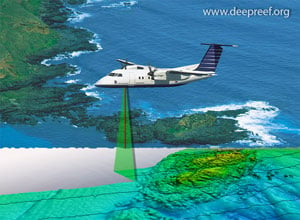
Topographic Mapping:
Light may be scattered not only by solid objects, but also for example by tiny particles in the atmosphere, or even in clean air at density fluctuations. LiDARs have been successfully applied to the monitoring of the three main environments of our planet: lithosphere, hydrosphere and atmosphere. The transmission of light depends on the medium: while in soil it does not propagate, in water and air it can typically travel for meters and kilometers, respectively Environmental sensing techniques are used to identify the characteristic spectroscopic optical "fingerprint" of an atom or molecule. In fields such as pollution sensing and monitoring or battlefield standoff detection, laser-based techniques are often the solution to monitor trace chemicals at a distance.

Environmental Monitoring:
Remote sensing offers the wind industry an attractive alternative or complement to the traditional methods for obtaining accurate wind measurements. The accurate prediction of energy yield is vital to the success of wind farm projects. Wind data has traditionally been collected – with great difficulty.
Laser anemometry (LiDAR) is now demonstrating its potential for resource assessment, power curve measurement, and turbine mounted deployment for advance wind speed detection. It provides complete wind resource management including horizontal and vertical wind speed, direction and turbulence. To deliver accurate wind measurements, the laser source must be robust, and its optical performance must be insensitive to structural and acoustic vibrations.

Wind Farm:
In the last 30 years, the progress concerning transmission capacities of fiber links has been significantly faster. Single-mode fibers are typically used for longer distances of a few kilometers or more. Currently used commercial telecom systems typically transmit 100 Gbit/s per data channel over distances of ten kilometers or more.
Coherent communication systems take advantage of the long coherence length of single-frequency lasers by mixing a detected optical system with a local laser oscillator to create a difference frequency signal which is detected and amplified. With ever-increasing demands for fiber-optic links to carry more data, coherent communication techniques offer solutions to increase the bandwidth of optical links.
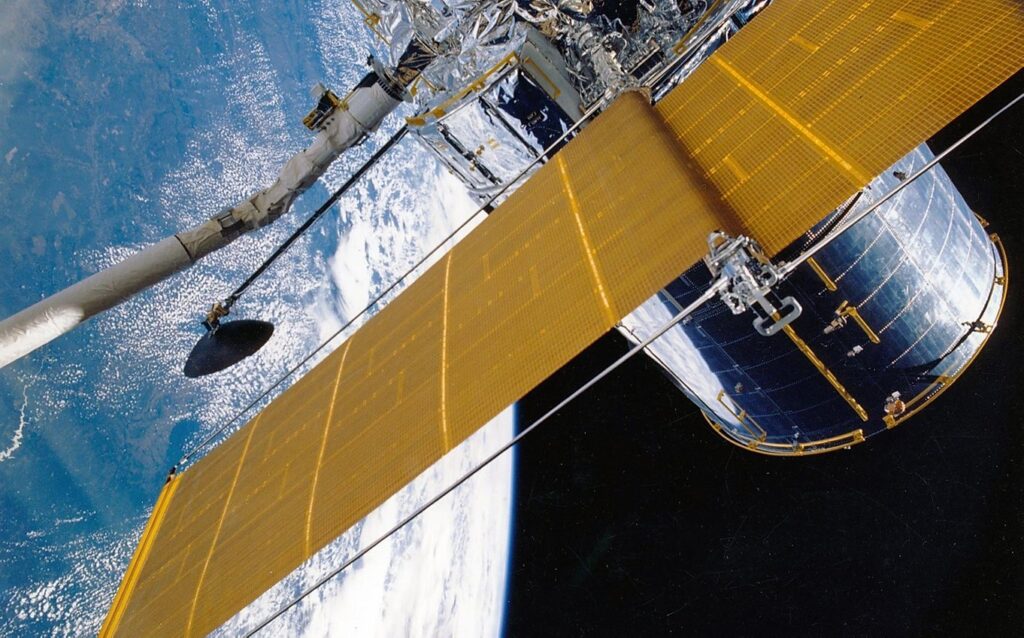
Coherent Communication
In techniques, such as magneto-optical traps and lattice traps, it use low-noise lasers to cool and contain atoms in an ultra-cold state. During laser-cooling, one transfers the momentum of the atoms to the incident photons. Optical trapping techniques are used by scientists to study fundamental quantum mechanical properties of atoms. Final temperatures are in the Micro-Kelvin range, so only a few millionth of a degree above the absolute zero.
In this state, scientists can study properties of Bose-Einstein condensates, and perform experiments in quantum computing and quantum cryptography. These techniques, once only the realm of pure research, are moving into applications such as portable and compact ultra-precise atomic clocks and navigational equipment.

